New Bluetooth Model of Smart Tweezers LCR-meter Offers Two-Way Communication Between the LCR-meter and Computer
Toronto, Ontario (PRWEB) March 17, 2017 -- New Bluetooth Model of Smart Tweezers LCR-meter Offers Two-Way Communication between the LCR-meter and Computer
Smart Tweezers ST5S-BT now allows settings and measurement data to be sent to and from the LCR-meter, allowing for test settings to be customized and applied automatically. The new features make incoming testing ultimately easy with one click pass/no-pass decision. The test results are stored in a file in real time and can be post-processed using any spreadsheet software.
The popular LCR- and ESR-meter Smart Tweezers ST-5S gained Bluetooth functionality in late 2016 allowing the device to send measurement data to PC and mobile Android and iOS devices. An update to the ST5S-BT device allows communication to travel both ways, from Smart Tweezers to receiver environment and vice versa.
Based on the ST-5S, Smart Tweezers ST5S-BT offers users the same features and 0.2% basic accuracy as its predecessor. ST5S-BT is able to determine the type of component and best test range and signal level when the gold-plated tweezer tips are in contact with a component. All measurement values, including any secondary values, are instantly made available on the bright OLED display.
The Bluetooth functionality now works with Windows based PC’s using dedicated Smart Tweezers Bluetooth PC App and National Instrument’s LabView. Any other software that can process data stream from the serial port could be used as well. ST5S-BT can be connected to smart phones and tablets on Android or iOS using dedicated Apps.
The receiver uses an FTDI full speed bridge and creates a virtual RS232 serial port. Note: For use with Windows PCs, the Bluetooth receiver stick is necessary but it is not required for Android and iOS devices.
The Smart Tweezers Bluetooth is now able to send information from the device to the receiving environment and the other way around; this includes setting of the device remotely to match previous measurement specifications. The earlier software version only allowed the device to send information to the environment and store data in a comma separated value (CSV) file. This file then can be processed by any spreadsheet software, such as Excel.
The easiest way to check if the component is Pass/No-Pass is to specify the type, value, and the desired tolerance. Then, when a component is touched by the Smart Tweezers’ probes, the measured value is displayed in the right section of the BT application window and is shown in Green for Pass and Red for No-Pass as illustrated in the screen shot on the right. It is noteworthy that in this section test parameters are also shown and could be set in the Profile tab.
Setting test parameters may be crucial in some cases when the measured values strongly depend on the test parameters, for example, for small capacitances in the 10 pF range, it is best to use the maximum possible frequency of 10KHz. On contrary, for large capacitances the lowest possible frequency of 100 Hz should be used if we wish to get a realistic cap value. By creating a profile with 100 Hz test frequency, we may reliably test lager caps without manual changing the LCR-meter settings because the test parameters will be automatically loaded from the profile when we make the measurement. It is even possible to preset Hold, Test Period and Display Orientation (Left/Right Handed).
When Smart Tweezers sends data, the receiving program is able to log data such as primary and secondary impedance values, test ranges, types of component, test frequency and signal level. This is especially helpful in situations where measurement values must be recorded for quality control. This data can then be saved into a file readable by spreadsheet software, processed or visualised depending on the need of the user.
“It is a breakthrough in component testing on production lines,” says Michael Obrecht, Director R&D at Siborg Systems Inc, “It has been in development since 2013 and finally is released now.”
When using the Window’s Smart Tweezers Bluetooth Utility software, users are able to review their measurement data in real time, record measurements, set specific measurement parameters and set custom profiles. The program allows users to set a specific measurement parameter that can be compared to the values of other components in real time.
The National Instruments LabView driver is certified and supported by National Instruments and allows seamless integration of Smart Tweezers into the LabView environment. When connected LabView can log data as well as save and help create visualizations.
Smart Tweezers with Bluetooth may be ordered from Siborg through their online LCR-Reader Store. For more detail technical refer to the Smart Tweezers Bluetooth Utility software Manual.
Latest Smart Tweezers and LCR-Reader news are always available in the Smart Tweezers and LCR-Reader Blogs.
Michael Obrecht, Siborg Systems Inc., http://www.smarttweezers.us, +1 (519) 888-9906, [email protected]

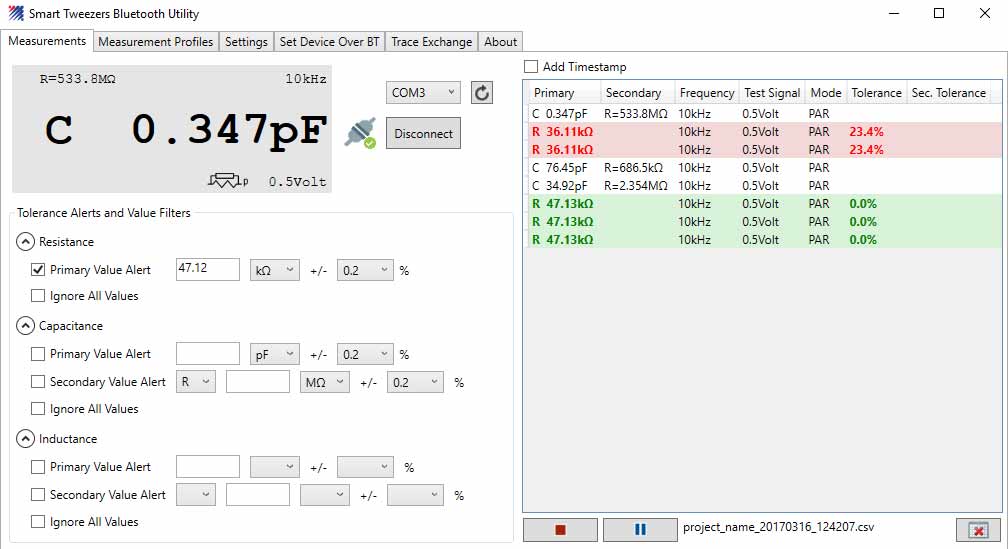
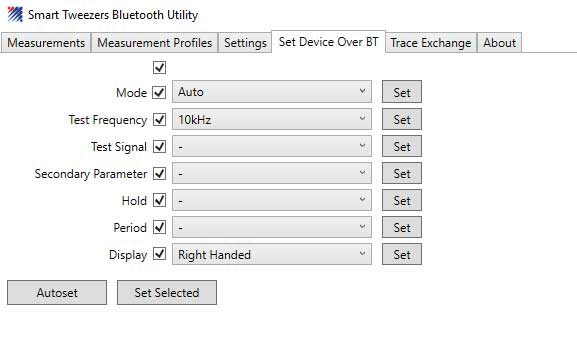
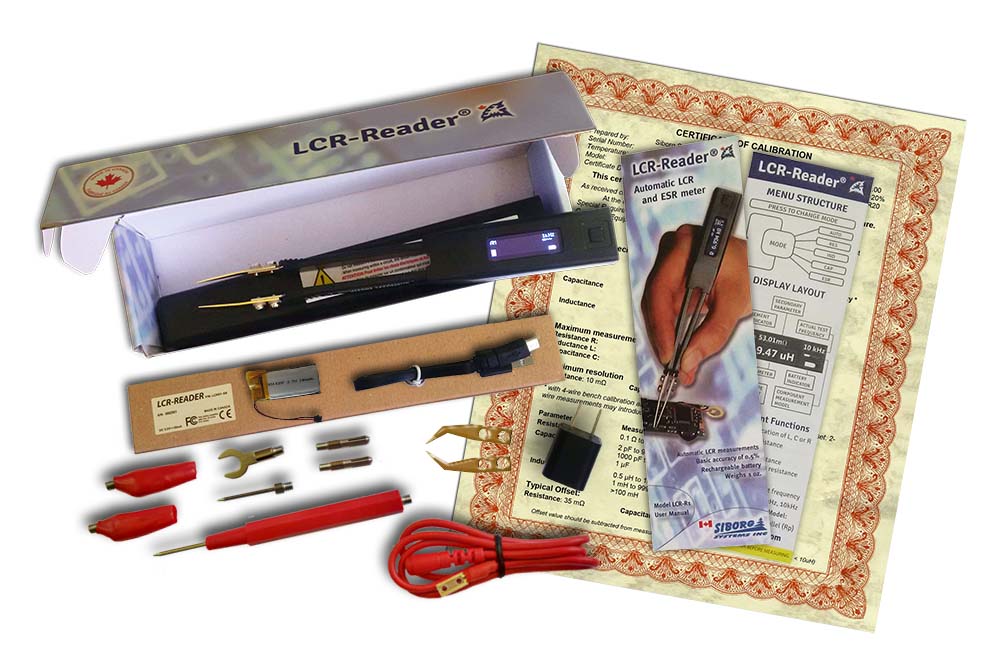
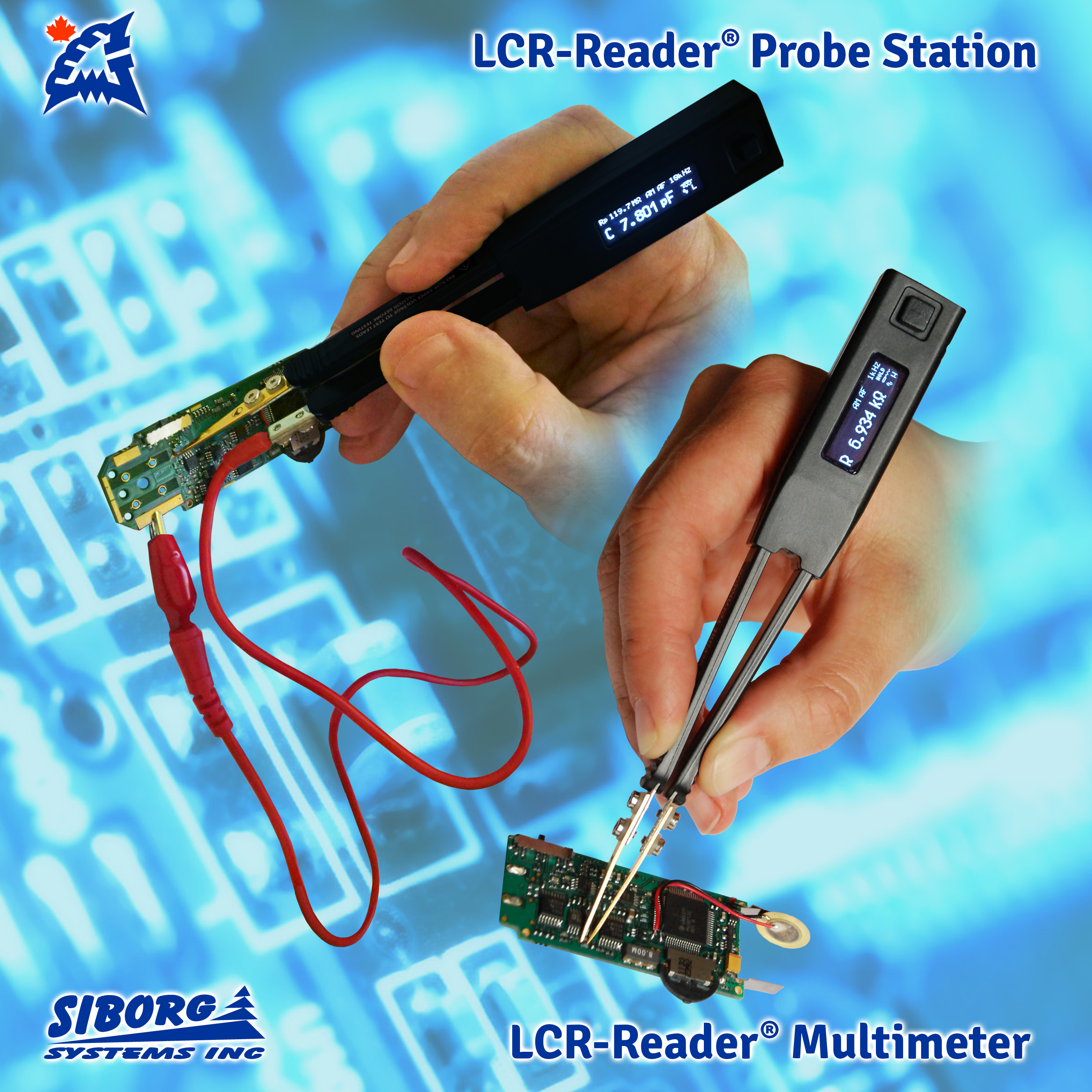
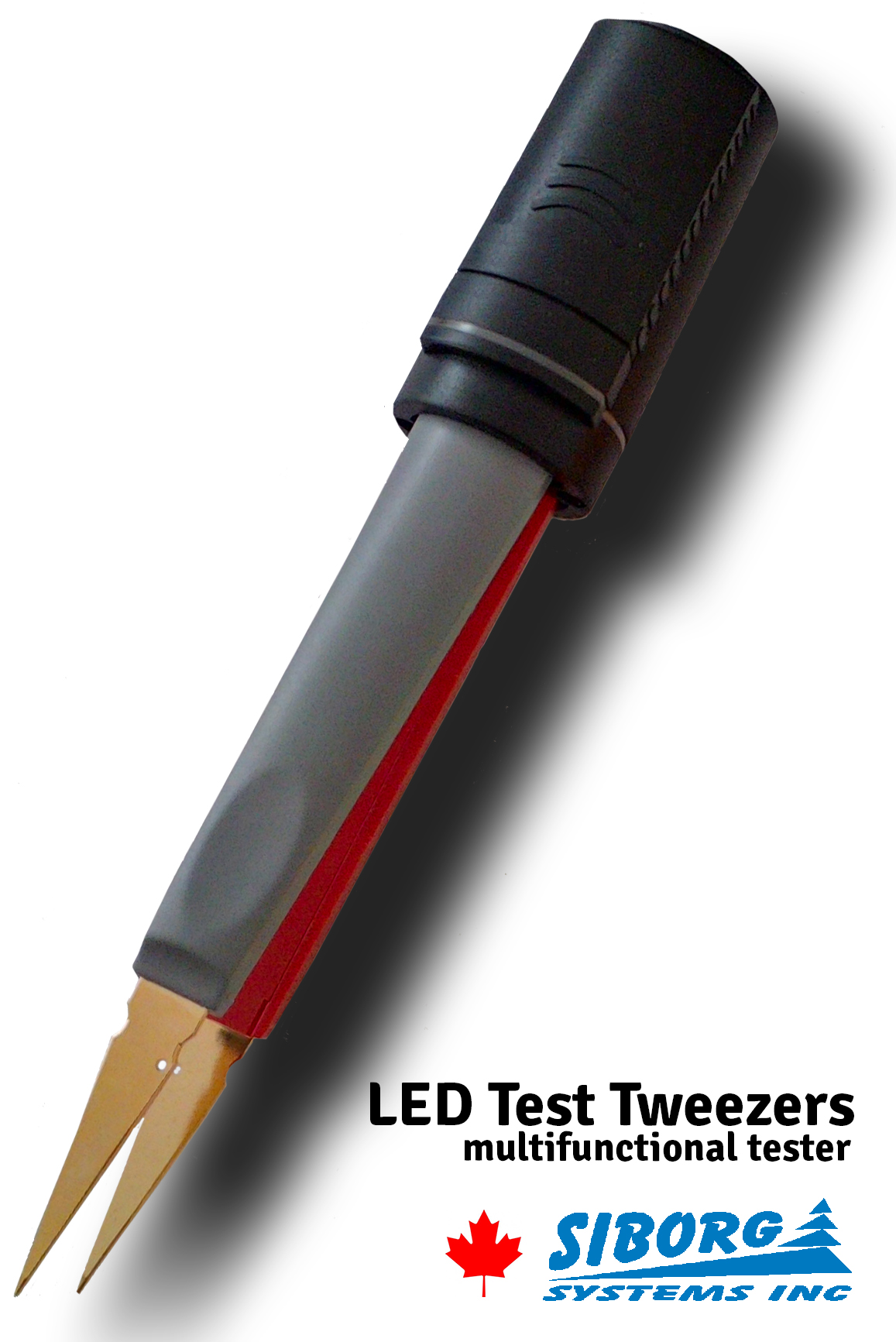
Share this article